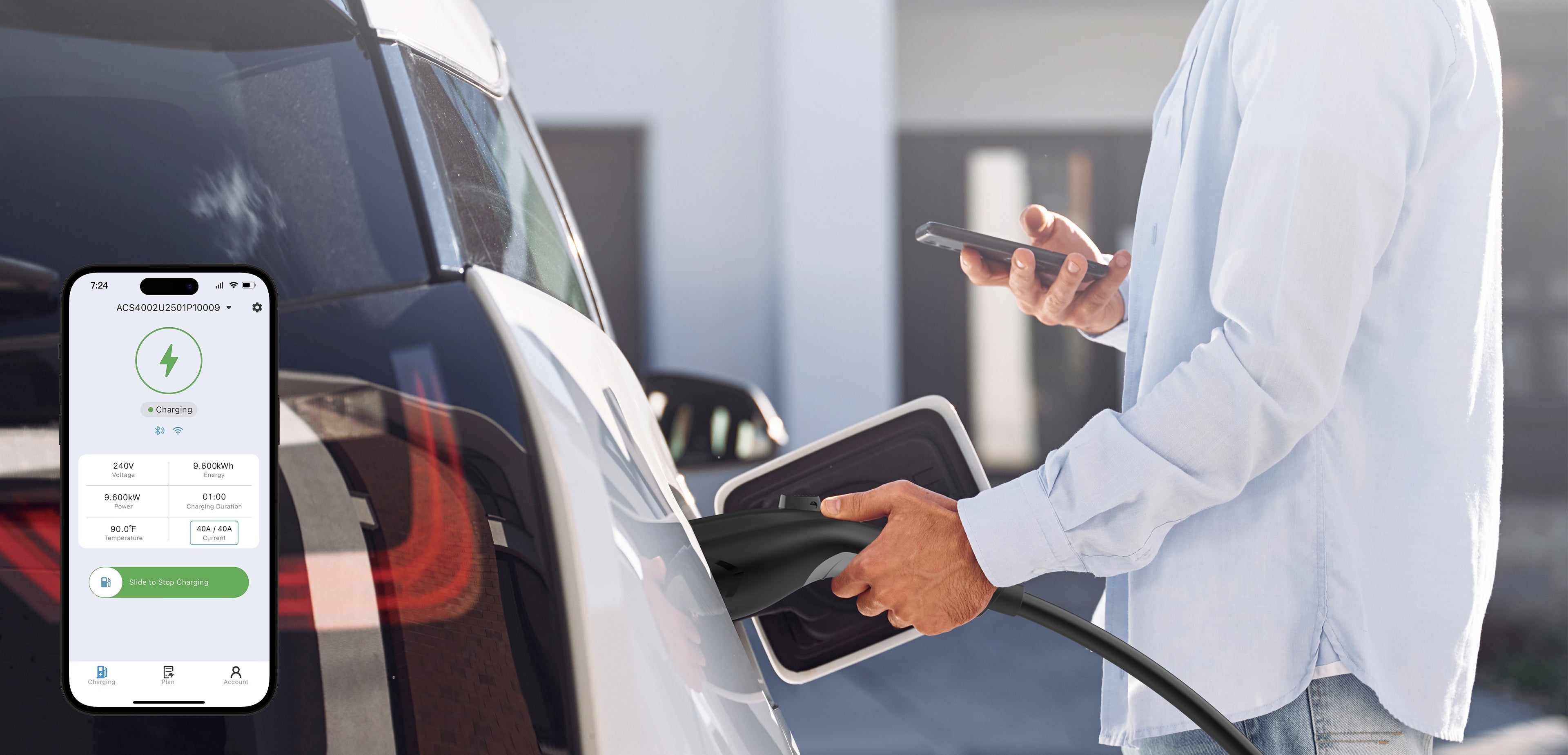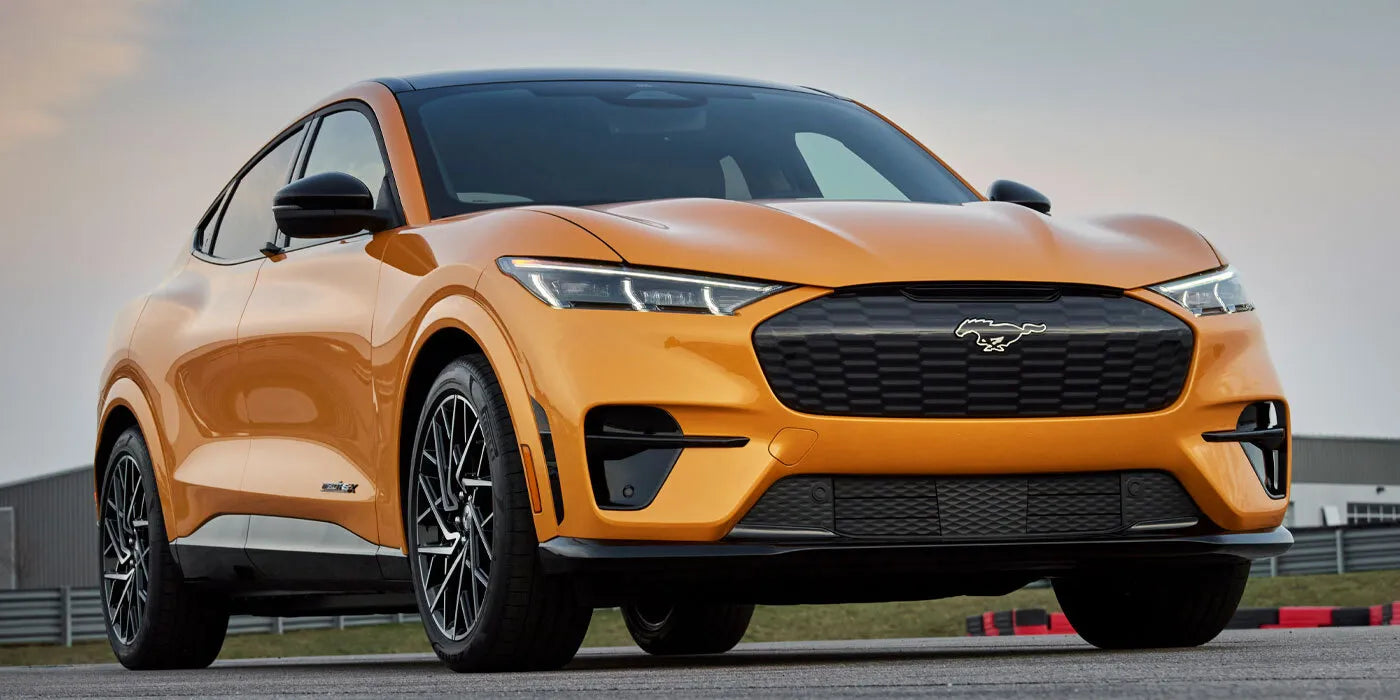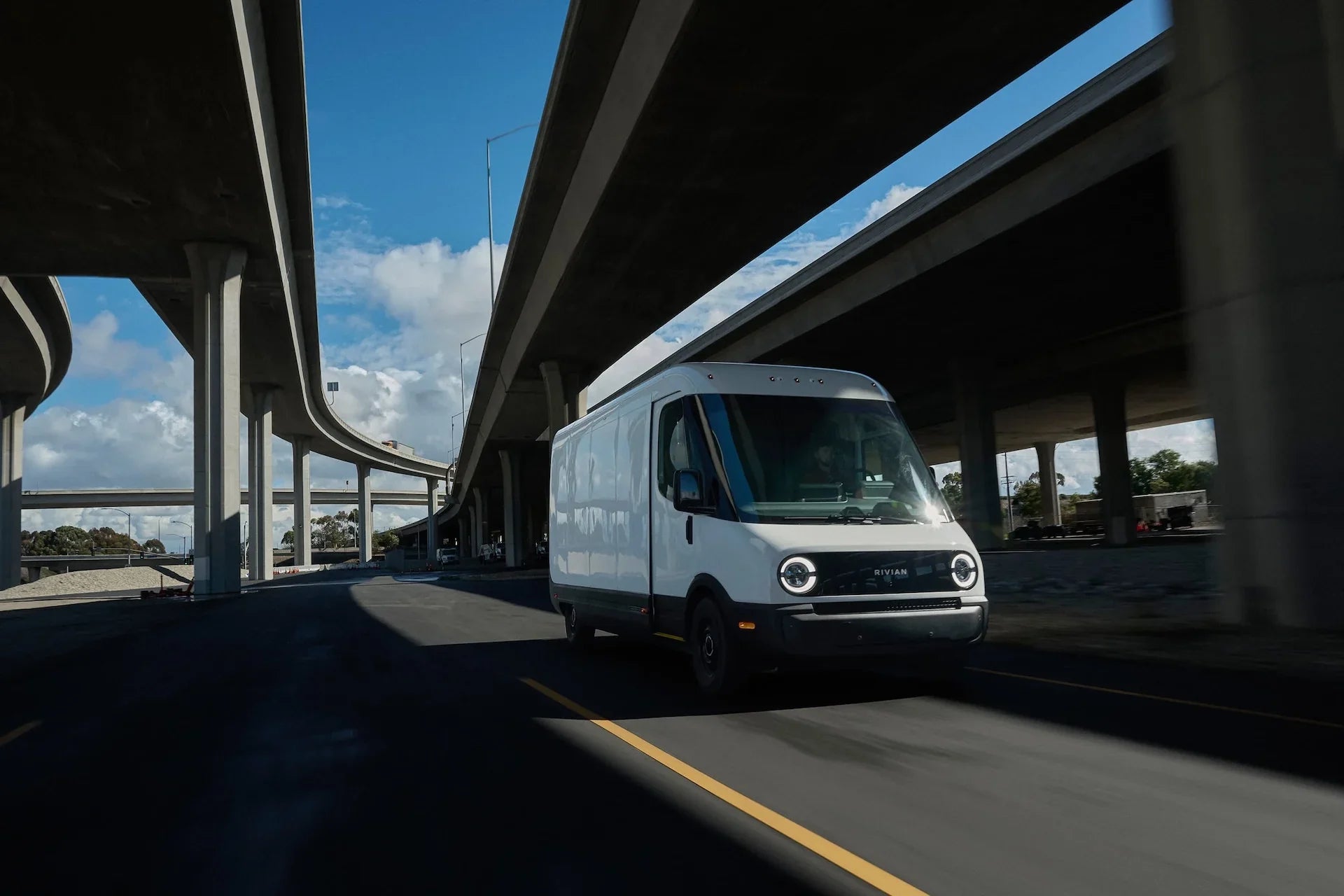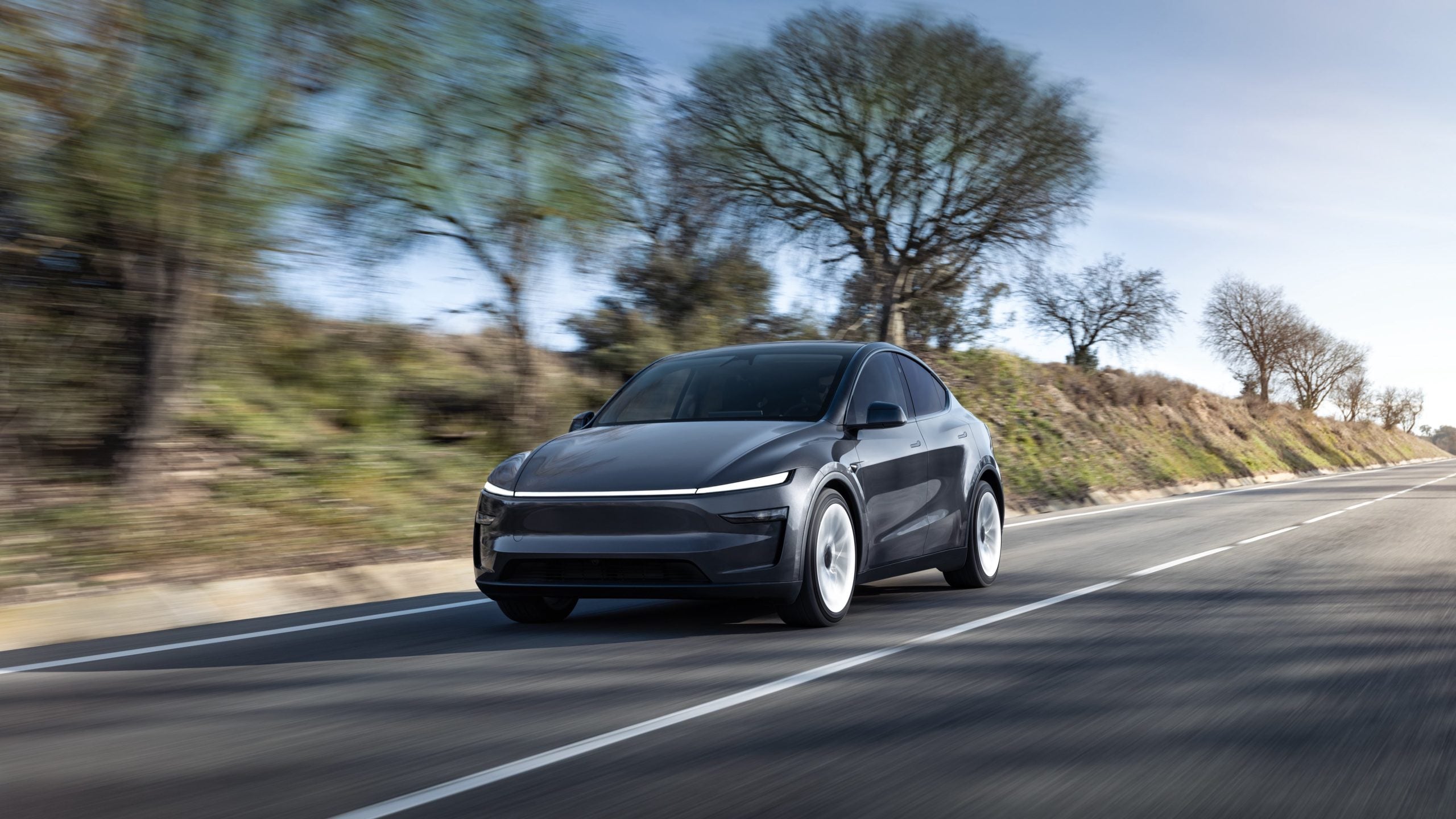As electric vehicles (EVs) continue their rapid adoption, new concerns are emerging about how and when drivers plug in. A recent study published in Applied Energy by researchers at Stanford University urges a dramatic shift in EV charging behavior—particularly at home, overnight.
The researchers argue that while charging at home overnight is convenient, it poses a significant threat to the power grid, especially in regions like the western U.S. If current charging habits persist, electricity demand during evening peak hours could surge by up to 25% by 2035. This sudden increase would strain grid infrastructure and potentially undermine climate progress.
EV Growth Puts New Pressure on the Grid
Electric vehicles are central to reducing transportation-related emissions. Their growing popularity is a clear climate win—but one that comes with hidden challenges. Charging is one of the most critical.
According to the study, by 2040, up to 300 million EV charging connectors will be needed worldwide. Where and how these chargers are used will directly influence whether EVs become a sustainable long-term solution.
Much attention has been focused on installing public chargers in high-demand areas, like shopping centers, rest stops, and highways. But infrastructure alone isn't the only concern. The timing and distribution of charging sessions—especially during peak evening hours—could destabilize already stressed power grids.
The Problem With Overnight Charging
Most EV owners plug in at home, typically after returning from work, during early evening hours. While this aligns with personal convenience, it clashes with peak electricity usage periods, when demand for residential lighting, heating, and appliances is already high.
“We must move away from our current model of overnight home charging,” the Stanford researchers write. If left unaddressed, this behavior could lead to the unintended consequence of greater reliance on fossil fuels—specifically natural gas—to meet peak power demands. That would directly undercut the carbon savings promised by EVs.
In their model of western U.S. energy trends through 2035, researchers simulated thousands of workplace and home charging profiles. The results show a clear need to diversify charging times and shift charging away from the evening peak.
Smarter Charging Strategies Are Needed
To prevent grid overload and maintain the environmental benefits of EVs, experts are calling for more flexible and intelligent charging strategies. These may include:
-
Time-of-Use (TOU) electricity pricing, where charging costs less during off-peak hours (e.g., midday or overnight after midnight)
-
Incentives for daytime charging at workplaces or public hubs
-
Dynamic load management, where utilities can adjust charging rates based on real-time grid conditions
-
Vehicle-to-Grid (V2G) technology, which allows EVs to return energy to the grid during peak times
These solutions will require collaboration between utilities, policymakers, and EV manufacturers to implement charging infrastructure and systems that encourage behavior change.
What EV Drivers Can Do Today
While long-term grid solutions are in progress, EV owners can take immediate action to reduce strain on the power grid:
-
Delay home charging to after 10 p.m. or take advantage of scheduled charging features
-
Consider charging at work or at public stations with solar-powered infrastructure
-
Monitor electricity rate plans and sign up for Time-of-Use programs
-
Install smart chargers that allow you to schedule charging based on lower grid demand
The Bottom Line
The shift to electric vehicles is a critical step in the fight against climate change. But how and when we charge matters just as much as how many EVs are on the road.
The latest science suggests that our default charging habits—particularly at home in the evening—could backfire if we don’t adapt. With smarter strategies and a proactive approach, EV adoption can remain a climate solution instead of creating a new energy challenge.
Recommend Reading: How to Install a Home EV Charger: Step-by-Step for First-Time Users








Share:
Ford EV Charging Guide: Mustang Mach-E & F-150 Lightning
Understanding the ICCU in Electric Vehicles: What It Is and Why It Matters